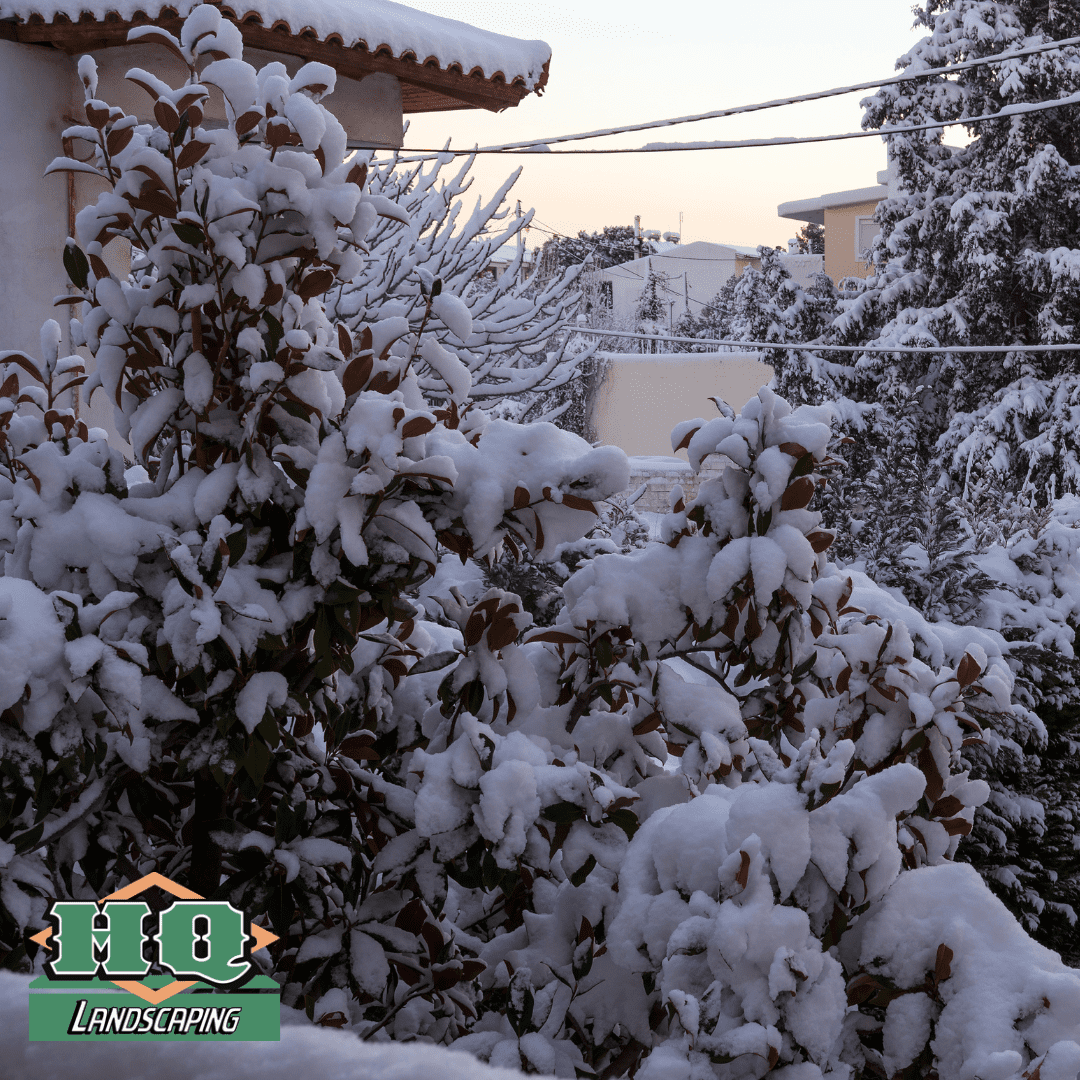Why Winter Is the Perfect Time to Trim Your Trees and Shrubs
As a homeowner in the Northeast, you may not think much about your trees and shrubs during the winter months. But did you know that late winter is the ideal time to trim and care for them? At HQ Landscaping, we specialize in dormant pruning, a strategic practice that takes advantage of the colder months to set your trees up for a healthier and safer growing season.
1. It’s Easier to Evaluate Tree Structure in Winter
Once the leaves have fallen, it’s much easier to see the true structure of your trees. For trained arborists, this provides a clear view to identify dead or dangerous branches. This visibility allows us to determine what trimming is needed to keep your trees both safe and beautiful.
Learn more about evaluating tree structure in winter from the Arbor Day Foundation.
2. Your Trees and Shrubs Will Look Better in Spring
Pruning during the dormant season helps overgrown trees and shrubs recover quickly once spring arrives. Any branches trimmed in winter will sprout new, healthy growth as the weather warms up. This ensures your landscape looks lush and vibrant instead of struggling with uneven or delayed growth.
Find tips on seasonal pruning from the University of Connecticut’s Home & Garden Center.
3. Dormant Pruning Avoids Spreading Disease
Some serious tree diseases—like oak wilt, Dutch elm disease, and fire blight—spread easily during the growing season. Winter pruning minimizes the risk of infection because the bacteria, fungi, and pests that cause these diseases are inactive or dead in cold weather.
Read about disease prevention during pruning from the International Society of Arboriculture.
4. Winter Pruning Is More Efficient
In Connecticut and throughout the Northeast, the ground often freezes during winter, allowing arborists to bring in heavy equipment without damaging your landscape. This makes dormant pruning more efficient for large jobs, saving time and money while delivering excellent results.
Discover how frozen ground impacts tree care from Purdue University Forestry.
5. Pruning in Winter Causes Less Stress for Trees
During dormancy, trees conserve energy, making them less vulnerable to the stress of pruning. Trimming in late fall, just before dormancy, can lead to damaged or disfigured branches because of exposure to cold weather.
Learn why timing matters in tree pruning from the Penn State Extension.
6. Prevents Winter Damage
Dead, dying, or damaged branches can become dangerous during the heavy snow and ice storms of winter. Dormant pruning removes these risks, keeping your property safe. This is also an opportunity to rejuvenate weaker trees by removing unhealthy wood.
Understand winter tree safety from the National Arbor Day Foundation.
A Note About Spring Flowering Trees and Shrubs
For shrubs or trees that bloom in early spring, like lilacs or forsythia, dormant pruning will remove the flower buds. If you want to enjoy their blooms, wait to prune these plants until after they’ve finished flowering.
See more about pruning spring-flowering shrubs from Clemson Cooperative Extension.
- Phone: (860) 329-6616
- Website: hqlandscaping.com
Our Customers Love US!
“The team at HQ Landscaping was professional, efficient, and left my yard looking amazing. They carefully trimmed my large trees, and now my property feels brighter and safer. Highly recommend!”

